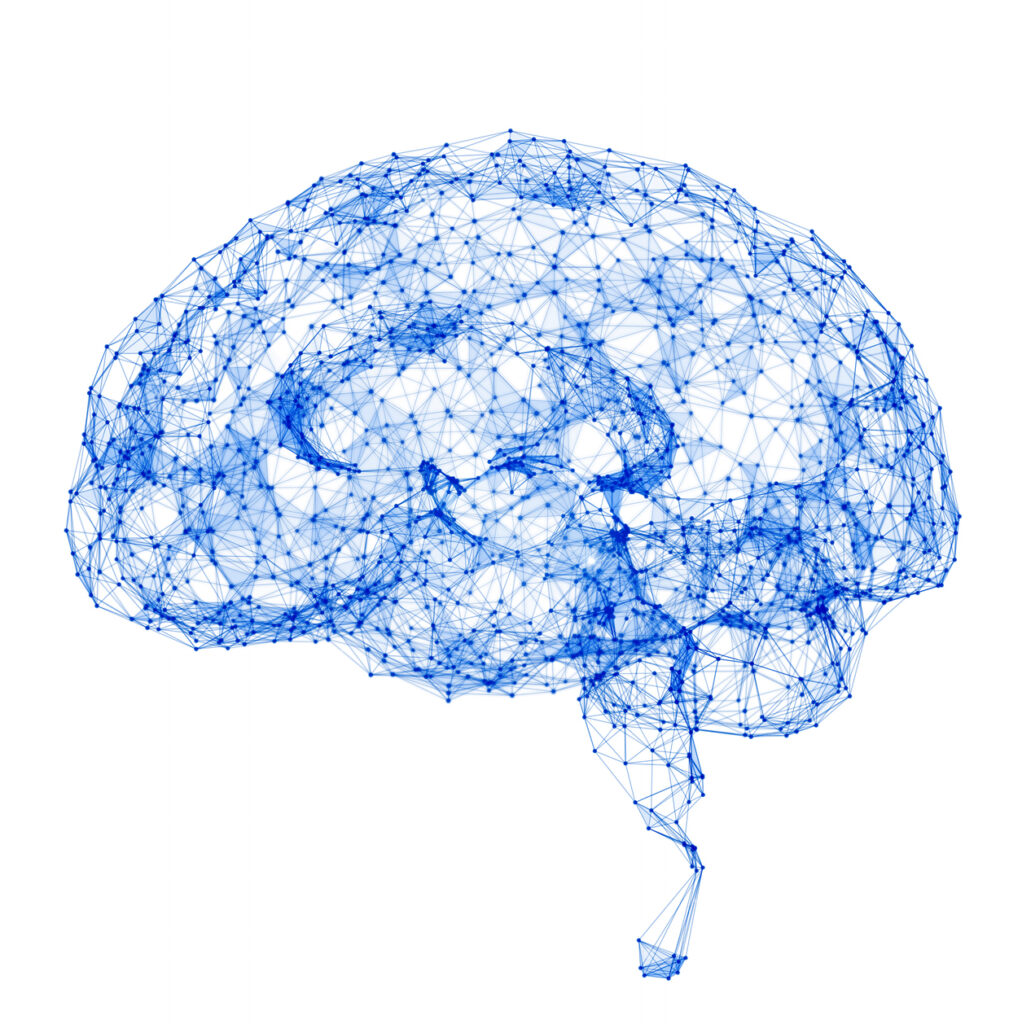EU DisinfoTest
Abstract: As narratives shape public opinion and influence societal actions, distinguishing between truthful and misleading narratives has become a significant challenge. To address this, we introduce the EU DisinfoTest, a…
Abstract: As narratives shape public opinion and influence societal actions, distinguishing between truthful and misleading narratives has become a significant challenge. To address this, we introduce the EU DisinfoTest, a…
Descriptive Summary: What if Europe’s future labour market isn’t defined by shortages, but by mismatches? Using the Link4Skills microsimulation model, this new open-access article in the European Journal of Population…
This Handbook provides key information about the design, implementation and analysis of the Link4Skills Migrant Survey. Offering insights for researchers working with the survey dataset (when published after 31 December…
This working paper surveys human resource inventories in health, STEM, and construction sectors across seven countries: Ghana, Morocco, Nigeria, India, Indonesia, the Philippines, and Ukraine.
L4S Newsletter 2 – May 2025
The second edition of our newsletter is packed with updates on: Project achievements and milestone – Teamwork and collaboration across partners – What’s next for our research journey …
This Link4Skills Country Profile offers a compact overview of cross-border labour migration involving Ghana. Once a country of destination for migrants, Ghana has become primarily a country of emigration. This…
This report examines Ukraine’s significant population decline and emigration, focusing on migration patterns before and after the launch of Russia’s war against Ukraine. It highlights two key migration corridors: the…
Top-line Recommendation:
Policymakers must adopt comprehensive strategies that integrate workforce reskilling, inclusive migration policies, and technological readiness initiatives to balance the benefits of AI and automation with equity and social inclusion.
This working paper on migration decisions is based on reanalysis of data from the EUMAGINE and THEMIS research projects which, like Link4Skills, explored migration patterns between Europe and selected non-EU…
The Link4Skills project introduces the concept of Migration Skill Corridors as an analytical tool to explore the interdependent relationships between
origin and destination countries. Migration Skill Corridors emphasize the
circular and multi-step nature of migration, capturing flows that address skill shortages at destinations and contribute to skill development at origins.
What is the Link4Skills project?
This two-minute video explains our purpose and approach
Link4Skills is an EU-funded research and innovation project seeking innovative, sustainable solutions to global skill shortages and mismatches.
Find out more here.


Origin: Ghana, India (Kerala, Punjab), Indonesia, Morocco, Nigeria, Philippines, Ukraine
Destination: Austria, Canada, Germany, Netherlands, Poland
Learn more here.

Labour market intelligence, predictive modelling, and problem-solving power in one place: the Link4Skills Navigator uses artificial intelligence to support policymaking for fair skill flows.
Learn more here.

Skill gaps can hinder growth. People must be equipped with skills that enable them to adapt to change and to utilize new technologies that support sustainable social and economic development. Link4Skills addresses these challenges on two levels: First by developing innovative methods for identifying skill shortages; and second by proposing practical policy solutions for skill shortages – solutions that ensure the flow of skills between markets is balanced, efficient, and fair.
- Izabela Grabowska, scientific coordinator, Link4Skills.
The L4S Navigator addresses skill gaps in three broad sectors:
The L4S Navigator addresses skill gaps in three broad sectors:
At the heart of the project is the development of the Link4Skills Navigator, guided by the key principle of ensuring fair skill flows between sending and receiving countries.
Find out more here.

The “My Migration Dashboard” is a pioneering digital tool designed to collect and analyze data on the psychosocial capitals of both migrants and non-migrants.
Learn more here.
Migo is a chatbot developed to counter the spread of false and misleading information about migration across the European Union and Poland. It provides users with trustworthy, research-backed insights into migration-related topics using advanced large language models.
Learn more here.
The “My Migration Dashboard” is a pioneering digital tool designed to collect and analyze data on the psychosocial capitals of both migrants and non-migrants.
Learn more here.